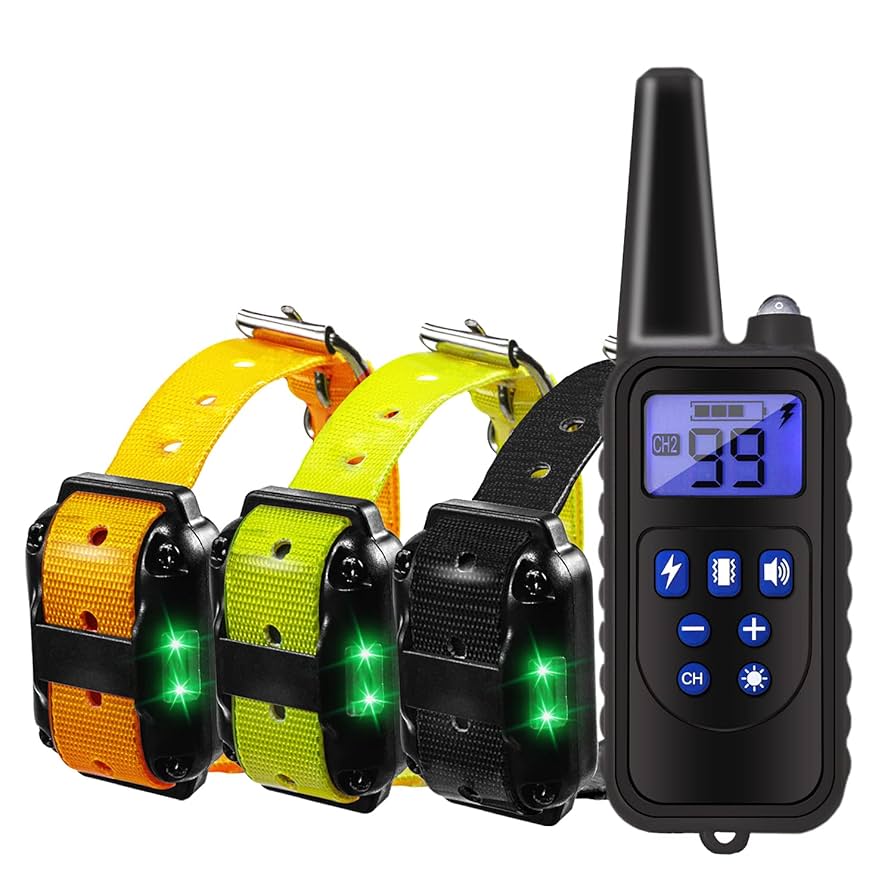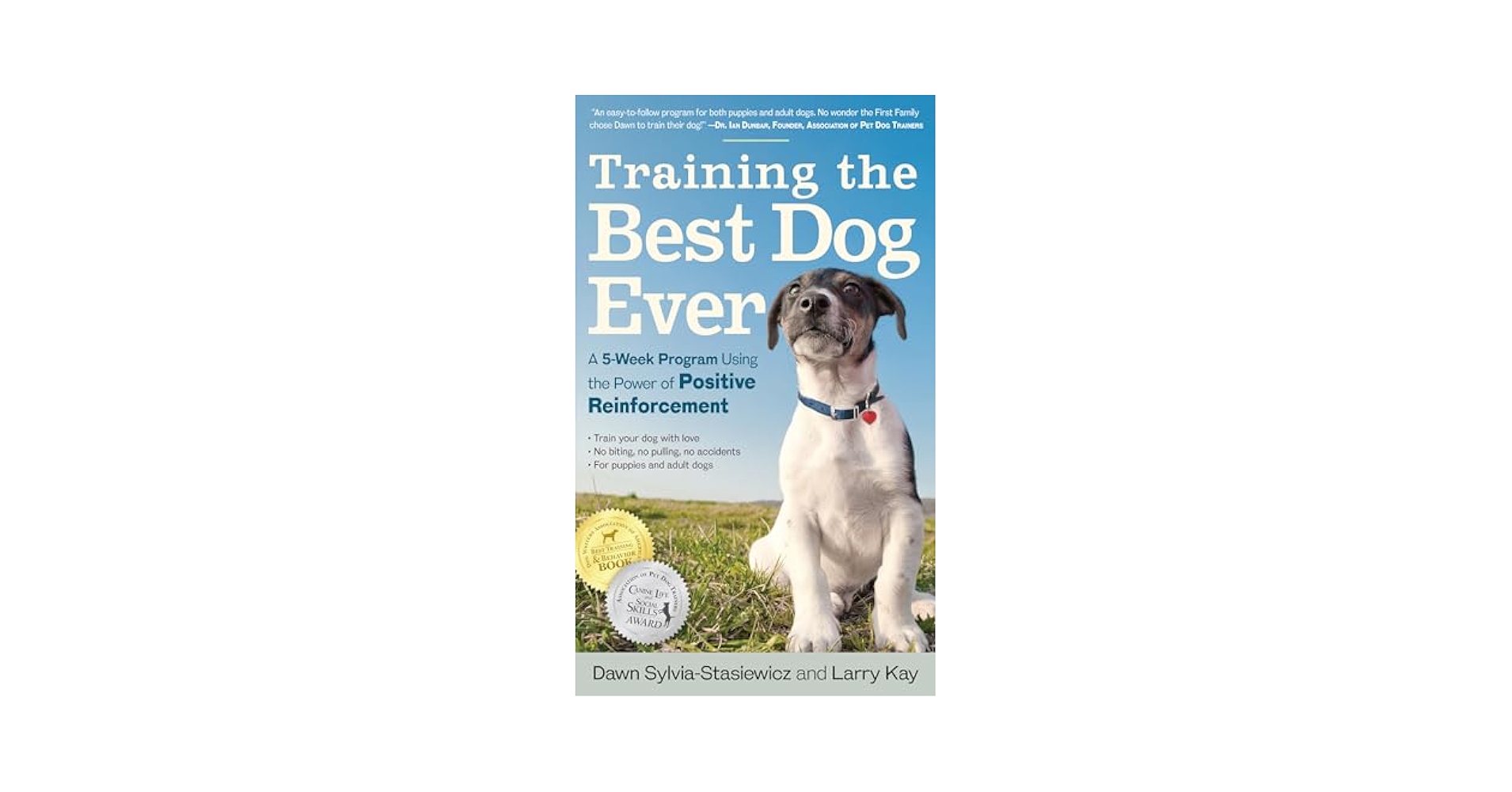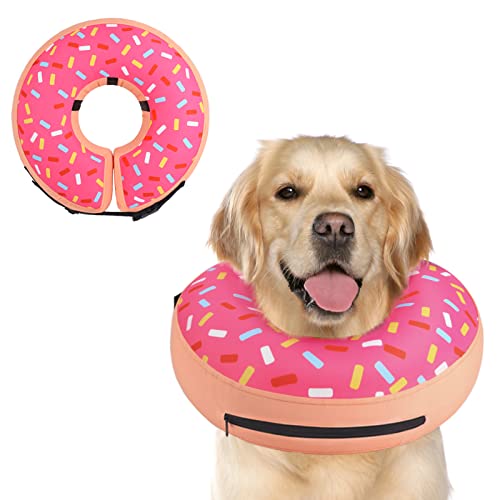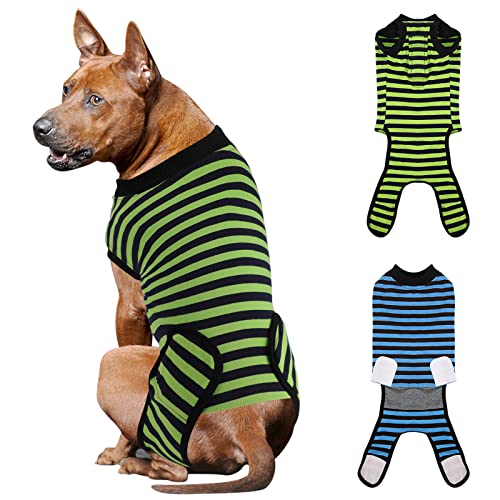Do you worry when your dog growls or snaps at other dogs over toys, food, or treats? Resource guarding can be stressful for you and dangerous for your furry friend.
But there’s good news—you can help your dog feel safe and calm around others, without the fear or fights. You’ll discover simple, effective steps to stop resource guarding before it gets out of control. Keep reading to protect your dog and create peaceful playtimes that both of you will enjoy.
Understanding Resource Guarding
Resource guarding is a behavior where dogs protect items they value. These items include food, toys, or even resting spots. Understanding why dogs guard resources helps manage and reduce this behavior. It builds safer and more peaceful interactions between dogs.
Common Signs In Dogs
- Growling or snarling when another dog approaches.
- Stiff body posture near the resource.
- Barking or snapping to warn others away.
- Freezing or staring intensely at the approaching dog.
- Holding the item tightly or moving it away.
Why Dogs Guard Resources
Guarding comes from a natural instinct to protect valuable things. In the wild, resources mean survival. Dogs may guard to keep food, toys, or space safe. It can also come from fear of losing something important.
Some dogs guard because of past experiences or lack of trust. Stress and anxiety can increase guarding behavior. Dogs with strong guarding instincts need careful training and patience.

Credit: www.preventivevet.com
Assessing The Situation
Assessing the situation is the first step to stop dog resource guarding. It helps you understand what causes the guarding and how your dog reacts. Careful observation can prevent fights and stress. This section explains how to identify trigger points and evaluate dog behavior.
Identifying Trigger Points
Trigger points are items or situations that make your dog guard resources. Common triggers include food bowls, toys, bones, or favorite resting spots. Watch for moments when your dog stiffens, growls, or snaps as another dog approaches. Note the time, place, and object involved.
- Food and treats
- Toys and chews
- Sleeping areas
- Human attention
- Specific locations
Recognizing these triggers helps you create a plan to reduce guarding behavior. Avoid forcing interactions near these points at first.
Evaluating Dog Behavior
Observe how your dog behaves around other dogs near trigger points. Look for signs of anxiety, aggression, or submission. Watch body language like raised hackles, bared teeth, or tucked tail. Notice if your dog freezes, growls, or lunges.
| Behavior | Meaning |
|---|---|
| Growling | Warning to stay away |
| Snapping | High stress or defense |
| Avoidance | Fear or submission |
| Stiffening | Alert and ready to guard |
Understanding these signals helps you respond calmly and safely. It also guides your training approach for reducing resource guarding.
Preventive Measures
Preventive measures help stop resource guarding before it becomes a problem. They teach dogs to share and stay calm around others. Early steps make a big difference in dog behavior.
Training Techniques
Training builds trust and good habits. Teach your dog basic commands like “leave it” and “drop it.” Reward calm behavior near food or toys. Practice trading items for treats to reduce guarding.
- Use positive reinforcement to encourage sharing.
- Keep training sessions short and frequent.
- Teach your dog to wait patiently for food or toys.
- Practice with one dog at a time before group settings.
Creating A Safe Environment
A calm space helps dogs feel secure. Give each dog their own feeding spot away from others. Remove toys or treats if tension starts. Watch for signs of stress or discomfort.
- Feed dogs separately to avoid competition.
- Provide plenty of toys to reduce guarding triggers.
- Use barriers or gates to separate dogs when needed.
- Keep the environment quiet during feeding or playtime.
Behavioral Modification Strategies
Behavioral modification strategies offer a powerful way to help your dog overcome resource guarding from other dogs. These strategies focus on changing your dog’s emotional response and behavior around valued items. With patience and consistency, you can create positive experiences that reduce guarding instincts and encourage sharing.
Positive Reinforcement
Positive reinforcement means rewarding your dog for good behavior instead of punishing bad behavior. When your dog stays calm around another dog near a toy or food, immediately give praise or treats. This helps your dog associate the presence of other dogs with positive outcomes.
Start by observing your dog’s triggers and reward small steps of progress. For example, if your dog looks away or remains relaxed when another dog approaches, offer a treat right away. Have you noticed how your dog’s mood shifts when rewarded gently? This approach builds trust and reduces fear or aggression.
Desensitization Techniques
Desensitization involves gradually exposing your dog to the thing that triggers guarding, but at a level that doesn’t cause stress. Begin by placing another dog at a far distance from your dog’s valued item, where your dog feels safe. Slowly decrease the distance over time as your dog stays calm.
Pair these exposures with rewards to reinforce calmness. If your dog shows signs of guarding, increase the distance again before trying to move closer. Think about how small, steady steps can change your dog’s feelings about sharing space around their resources.
Managing Interactions
Managing interactions between dogs helps reduce resource guarding issues. Careful control of their meetings builds trust and lowers tension. Setting clear boundaries keeps dogs calm and safe around each other. Consistent supervision lets you spot and stop guarding early. These steps make sharing easier for your pets.
Controlled Socialization
Introduce dogs slowly in a quiet place. Keep them on leashes to guide their movements. Allow short, calm meetings to build positive experiences. Watch their body language for stress or aggression. Reward calm behavior with treats and praise. Gradually increase time spent together as trust grows. Avoid forcing contact if a dog feels uneasy.
Supervised Feeding Times
Feed dogs separately to prevent guarding fights. Use different rooms or crates during meals. Clear bowls after eating to avoid guarding leftover food. Stay nearby to monitor their behavior. Avoid giving high-value treats around other dogs. Teach dogs to wait calmly before eating. This routine lowers competition and guards food safety.

Credit: pupford.com
Professional Help
Dealing with resource guarding in dogs can be tricky and sometimes overwhelming. Professional help can offer the guidance you need to safely manage and reduce this behavior. Getting expert advice ensures your dog stays happy and your home remains peaceful.
When To Consult A Trainer
If your dog’s resource guarding includes growling, snapping, or biting, it’s time to reach out to a professional trainer. Trainers with experience in behavior issues know how to read your dog’s signals and intervene properly.
You might notice attempts to guard food, toys, or even you. If these behaviors escalate or become dangerous, don’t wait. Early intervention can prevent serious problems and keep everyone safe.
Ask yourself: Is your dog’s guarding behavior affecting family members or other pets? If yes, a trainer can create a personalized plan to address those challenges effectively.
Therapy Options For Dogs
Besides training, therapy options can support dogs struggling with resource guarding. Behavioral therapy focuses on changing your dog’s emotional response to triggers.
- Desensitization:Gradually exposing your dog to the guarded item while rewarding calm behavior.
- Counter-conditioning:Teaching your dog to associate the presence of others near their resources with positive experiences.
- Calmness training:Exercises that encourage your dog to relax in potentially triggering situations.
Sometimes, a trainer may recommend working with a veterinary behaviorist if the guarding is linked to anxiety or other underlying issues. Combining therapy with training often leads to the best results.
Are you ready to take the next step to protect your dog and your household? Professional help can make a big difference in managing resource guarding safely and effectively.
Maintaining Progress
Maintaining progress in stopping dog resource guarding is just as important as the initial training itself. Without steady effort, old habits can resurface quickly, undoing all the hard work you and your dog have put in. Keeping your dog’s environment predictable and monitoring their behavior regularly helps ensure lasting change.
Consistency In Routine
Dogs thrive on routine, especially when overcoming guarding behaviors. Consistent feeding times, play sessions, and training exercises create a sense of security for your dog. This predictability reduces anxiety and the urge to guard resources.
Stick to the same commands and signals during training, and keep interactions calm and positive. If you suddenly change routines or introduce new dogs without preparation, your dog may feel threatened and revert to guarding. Have you noticed how small changes in your schedule affect your dog’s behavior?
Monitoring Behavioral Changes
Keep a close eye on how your dog interacts with other dogs around resources like food, toys, or resting spots. Subtle signs such as stiff posture, growling, or avoiding eye contact can hint at rising tension. Catching these early helps you intervene before guarding escalates.
Use a journal or app to track these behaviors and any triggers you observe. This record allows you to spot patterns and adjust your training accordingly. How often do you check your dog’s comfort level during group play or shared feeding times?

Credit: www.dwdogtraining.com
Frequently Asked Questions
What Is Dog Resource Guarding From Other Dogs?
Dog resource guarding is when a dog protects items like food or toys from other dogs. It’s a natural behavior but can cause conflicts. Understanding this helps owners manage and reduce guarding safely.
How Can I Stop My Dog From Guarding Toys?
Remove high-value toys during playtime with other dogs. Teach your dog to share using positive reinforcement. Reward calm behavior around toys to reduce guarding tendencies effectively.
Are There Training Techniques To Prevent Resource Guarding?
Yes, techniques like desensitization and counter-conditioning work well. Gradually expose your dog to sharing situations and reward calmness. Consistent training helps your dog feel secure and less defensive.
When Should I Seek Professional Help For Guarding Issues?
Seek professional help if guarding causes aggressive behavior or risk of injury. Trainers can provide tailored strategies. Early intervention prevents escalation and improves dog interactions.
Conclusion
Stopping dog resource guarding takes time and patience. Consistent training helps dogs feel safe and relaxed. Use positive rewards to encourage good behavior around others. Watch your dog’s body language to spot early signs. Keep calm and stay firm during interactions.
Small steps each day build trust between dogs. Remember, safety comes first for all pets involved. With care, your dogs can share space peacefully. Stay patient and celebrate every little progress made.







